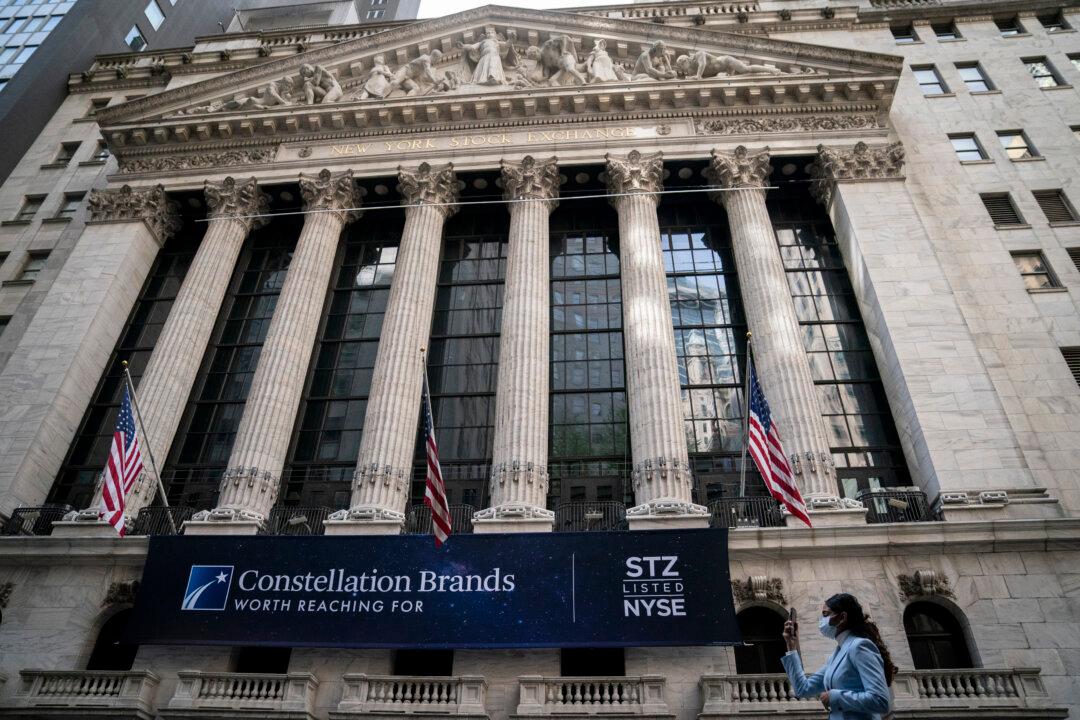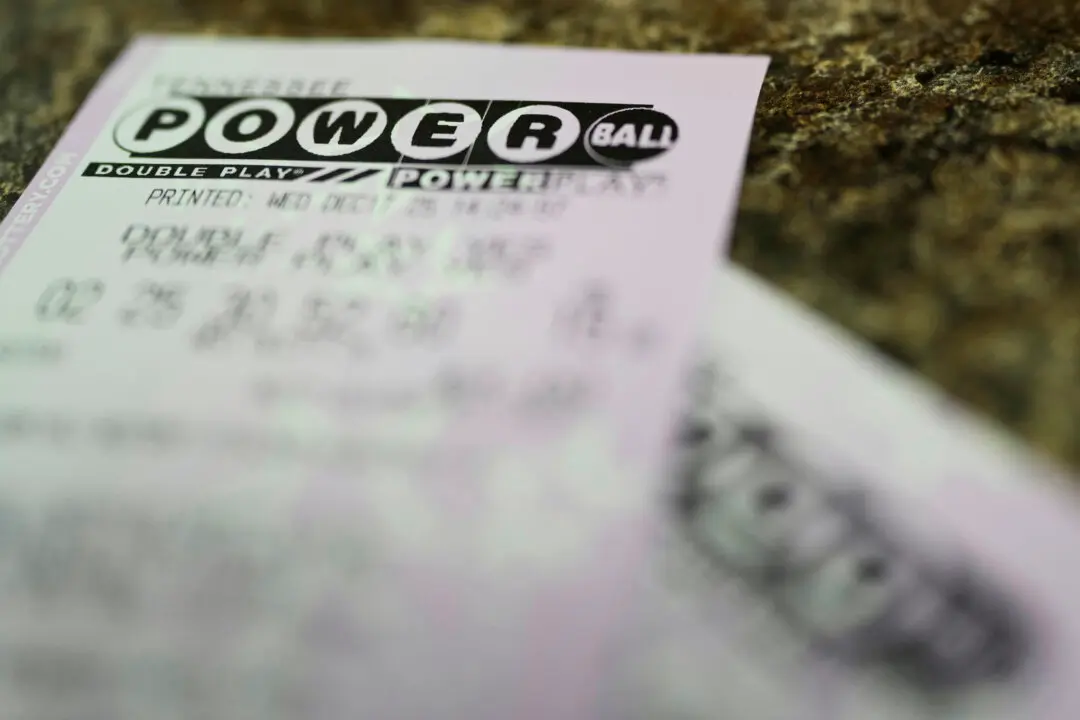NEW YORK—Another volatile day on Wall Street ended with more losses for stocks Thursday, drawing the S&P 500 closer to its first bear market since the beginning of the pandemic.
The index, a benchmark for many funds, fell 0.6 percent after easing off a deeper stumble. The latest decline came a day after the S&P 500 had its biggest drop in nearly two years. It’s now down 18.7 percent from the record high it set early this year and is nearly at the 20% threshold that defines a bear market.





